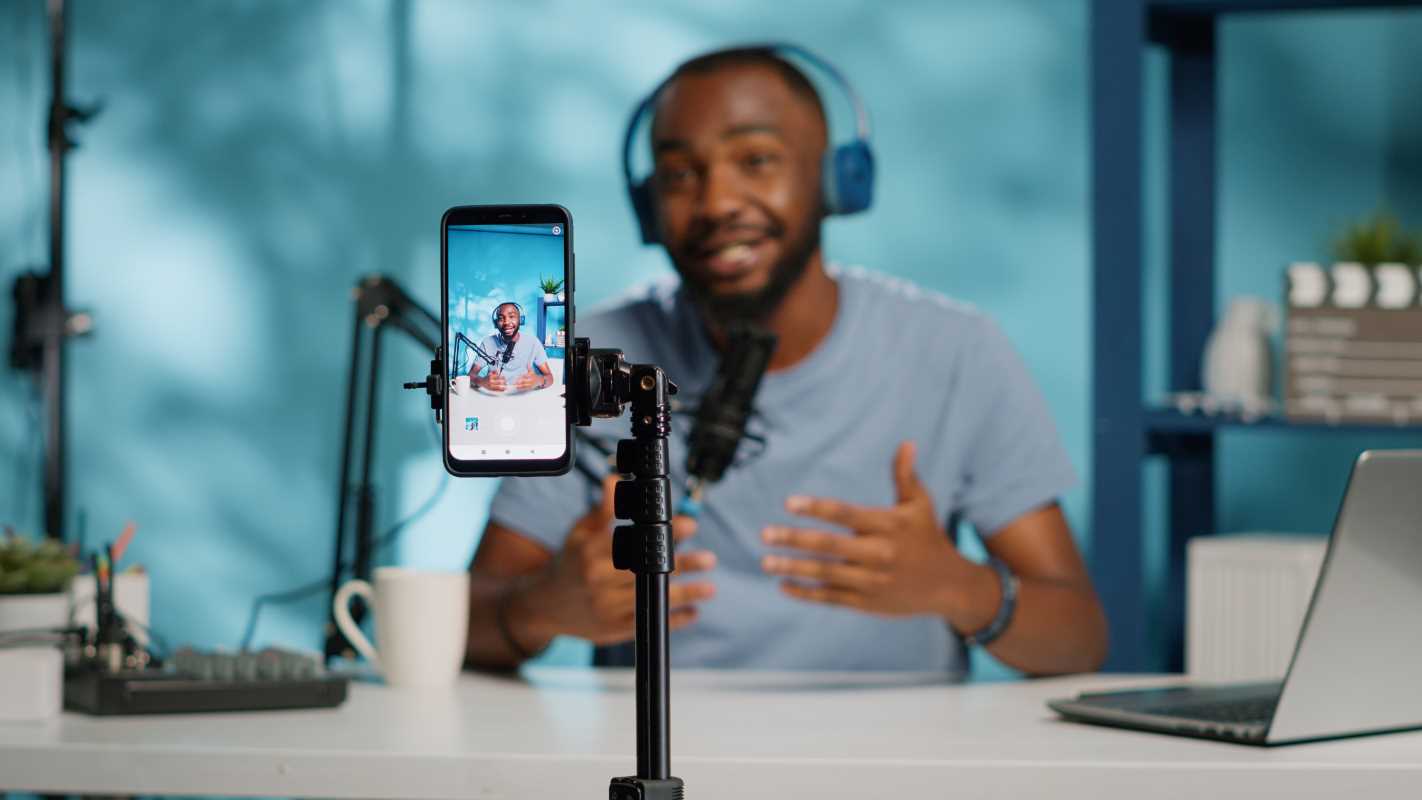Standing before a wide array of possibilities, you notice each one offering the chance to expand your abilities and unlock fresh opportunities. Excitement builds as you browse through glowing reviews, detailed course previews, and genuine feedback from others who have walked this path. You can see yourself confidently tackling new challenges, perhaps learning a language or diving into fields like coding and creative writing. That surge of anticipation signals that you are on the verge of choosing an option that will genuinely support your personal development and help you reach your goals.
Before diving into features and pricing tiers, pause to sense what truly resonates with your learning style and daily rhythms. Your ideal platform will not just list courses—it will reflect how you absorb information, how you juggle commitments, and what motivates you to keep going. These underlying whispers of preference and passion guide you toward a choice that feels less like a purchase and more like a personal uplift.
Discovering Your Personal Goals
When you start by exploring your own motivations, you turn a browsing session into a purposeful journey. Sketch out what success looks like for you beyond certificates—do you crave the confidence to converse fluently, the ability to build a portfolio, or the thrill of launching a side hustle? By anchoring your decision in real aspirations, you cut through marketing noise and find a match that aligns with your vision.
Think about the rhythm of your day: Are you a morning person who thrives on structured lessons before dawn, or do you shine in late-night creative bursts? These insights shape the learning environment you'll actually use instead of abandoning. Embrace intimate details—your attention span, preferred content format, and accountability triggers—to refine your search.
Matching Features with Flexibility
A site full of features can impress, but if it clashes with your schedule, you’ll give up on it. Consider how each tool—discussion forums, downloadable transcripts, mobile apps—fits into your everyday flow. A lively community can spark fresh ideas, while offline access prevents stalls when Wi-Fi falters. What combination gently nudges you forward and does not overwhelm?
Imagine a calendar that syncs with your phone reminders. Visualize adjusting playback speed or bookmarking quizzes for review. These aren’t just perks; they are small mechanisms that keep your momentum alive. Prioritize platforms that let you combine structured modules with quick, on-the-go microlearning so you never lose the thread of progress.
Steps to Check Content Quality
- Curriculum Mapping
- Find out if the modules match your goals:
- List each topic’s scope.
- Test three representative lessons.
- Assess clarity, depth, and pacing across:
- Videos
- Readings
- Practical exercises
- Note whether transcripts or summaries accompany content.
- Confirm availability through free previews or trial periods.
- Tip: Compare the flow within similar courses to identify consistent teaching styles that suit your understanding rhythm.
- Find out if the modules match your goals:
- Instructor Credentials
- Review:
- Biographies
- Background details
- Sample lectures
- Follow at least three teaching snippets to see how instructors explain complex ideas.
- Check if instructors:
- Invite questions
- Host live Q&A sessions
- Cost Hint: Free live events vs. paid on-demand sessions often reveal engagement levels.
- Tip: Prefer instructors who mention real-world projects instead of generic scenarios.
- Review:
- Engagement Tools
- Explore interactive elements by completing a pilot module:
- Quizzes
- Discussion prompts
- Peer-review assignments
- Test at least four features (e.g., timed quizzes, group challenges).
- Keep track of:
- Response times
- Feedback quality
- Verify if the platform offers:
- Progress badges
- Streak trackers
- Availability: Some features may appear only in premium tiers.
- Tip: Peer-to-peer messaging often promotes stronger accountability than automated reminders.
- Explore interactive elements by completing a pilot module:
- Content Updates
- Review update methods:
- Update logs
- Announcement boards
- Track at least three major updates in the past six months.
- See how updates reflect evolving industry standards.
- Check if the platform notifies users when content changes happen.
- Cost Hint: Frequent updates usually connect to subscription-based models.
- Tip: Platforms that archive older materials alongside new ones allow you to revisit foundational principles without losing context.
- Review update methods:
- Accessibility Options
- Test features across three device types (smartphone, tablet, desktop):
- Subtitle customization
- Adjustable playback speed
- Text-to-speech
- Check for transcripts and download options.
- Confirm screen reader compatibility by enabling at least two accessibility settings.
- Availability: Some advanced accommodations only appear on desktop.
- Tip: Look for “night mode” or “low-contrast” viewing options to protect your eyes during long sessions.
- Test features across three device types (smartphone, tablet, desktop):
Creating a Sustainable Schedule
- Daily Time Blocks
- Set aside a consistent 25–30 minute window in your calendar each day.
- Test it for a week and track focus levels.
- Adjust timing if concentration dips.
- Use:
- Built-in reminder features
- Calendar app push notifications
- Cost Hint: Free calendar integrations often cover core reminders; premium add-ons may cost extra.
- Tip: Reserve shorter windows for review and longer blocks for tackling new concepts to build momentum.
- Accountability Partnerships
- Team up with a friend or join a study group via:
- Forums
- Social media channels
- Commit to weekly check-ins over four weeks.
- Share progress updates and solve problems together.
- Track participation through:
- Project logs
- Shared spreadsheets
- Availability: Many platforms host free community groups; premium ones unlock deeper networking features.
- Tip: Choose partners who balance encouragement with challenge to stay inspired and avoid complacency.
- Team up with a friend or join a study group via:
- Goal Milestones
- Break large targets into at least five checkpoints.
- Tie each checkpoint to deliverables (e.g., quiz completion, practice project submission).
- Set flexible weekly deadlines with room for revisions.
- Cost Hint: Some platforms award digital badges at milestone completion—use them as rewards.
- Tip: Celebrate small wins—snack breaks or short walks reinforce positive habits.
- Reflection Rituals
- Arrange a short weekly review session.
- Include bullet points of:
- Wins
- Queries
- Next steps
- Compare reflections over three+ weeks to identify patterns.
- Availability: Some course dashboards offer journaling spaces; otherwise, use a note-taking app.
- Tip: Keep reflections visible in your workspace for clarity and motivation at the start of each session.
- Progress Tracking
- Use tools such as:
- Visual dashboards
- Habit-tracking apps
- Spreadsheets
- Log completed modules, quiz scores, and study time.
- Update at least three times a week.
- Note trends and adjust schedule if progress stalls.
- Cost Hint: Free tools cover basic tracking; premium analytics may require a subscription.
- Tip: Color-code achievements vs. challenges—bright visuals highlight growth and problem areas.
- Use tools such as:
Whether you choose a learning platform to learn a new skill or to expand your professional horizons, making a thoughtful choice pays off. Each step—mapping goals, evaluating content, creating a routine—builds a foundation that keeps your curiosity and progress alive.
Choose tools that keep you engaged and use this guide to build lasting skills through online learning.







